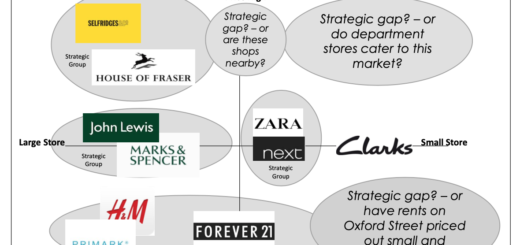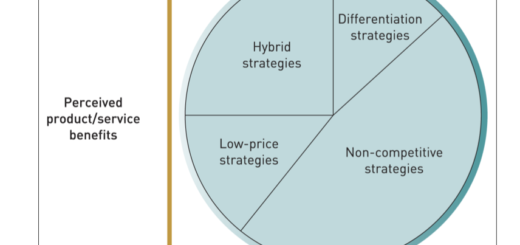Goal-setting Theory
Goal-setting Theory, developed by Edwin Locke in 1968 and further developed with Gary Latham in 1990, is a process theory of motivation that proposes that specific, challenging goals lead to higher levels of performance than vague or easy goals. According to this theory, individuals are motivated by setting and achieving challenging goals that provide a sense of accomplishment and mastery.
Goal-setting Theory is based on three key components:
- Goal specificity: The degree to which a goal is clear, specific, and unambiguous.
- Goal difficulty: The degree to which a goal is challenging and requires effort to achieve.
- Goal feedback: The degree to which progress towards a goal is monitored and feedback is provided.
According to Goal-setting Theory, individuals are more likely to be motivated by goals that are specific, challenging, and provide feedback on progress. Additionally, individuals are more likely to be motivated when they are committed to their goals, receive social support, and have the necessary knowledge and skills to achieve them.
To increase motivation using Goal-setting Theory, employers can:
- Set clear, specific, and challenging goals that align with the organization’s mission and values.
- Provide feedback on progress towards goals and recognition for achievements.
- Encourage social support and collaboration among employees to achieve common goals.
Overall, Goal-setting Theory offers valuable insights into what motivates individuals and can be used to design effective motivational strategies in the workplace. By setting clear, specific, and challenging goals, organizations can create a work environment that fosters motivation, engagement, and job satisfaction among employees.



